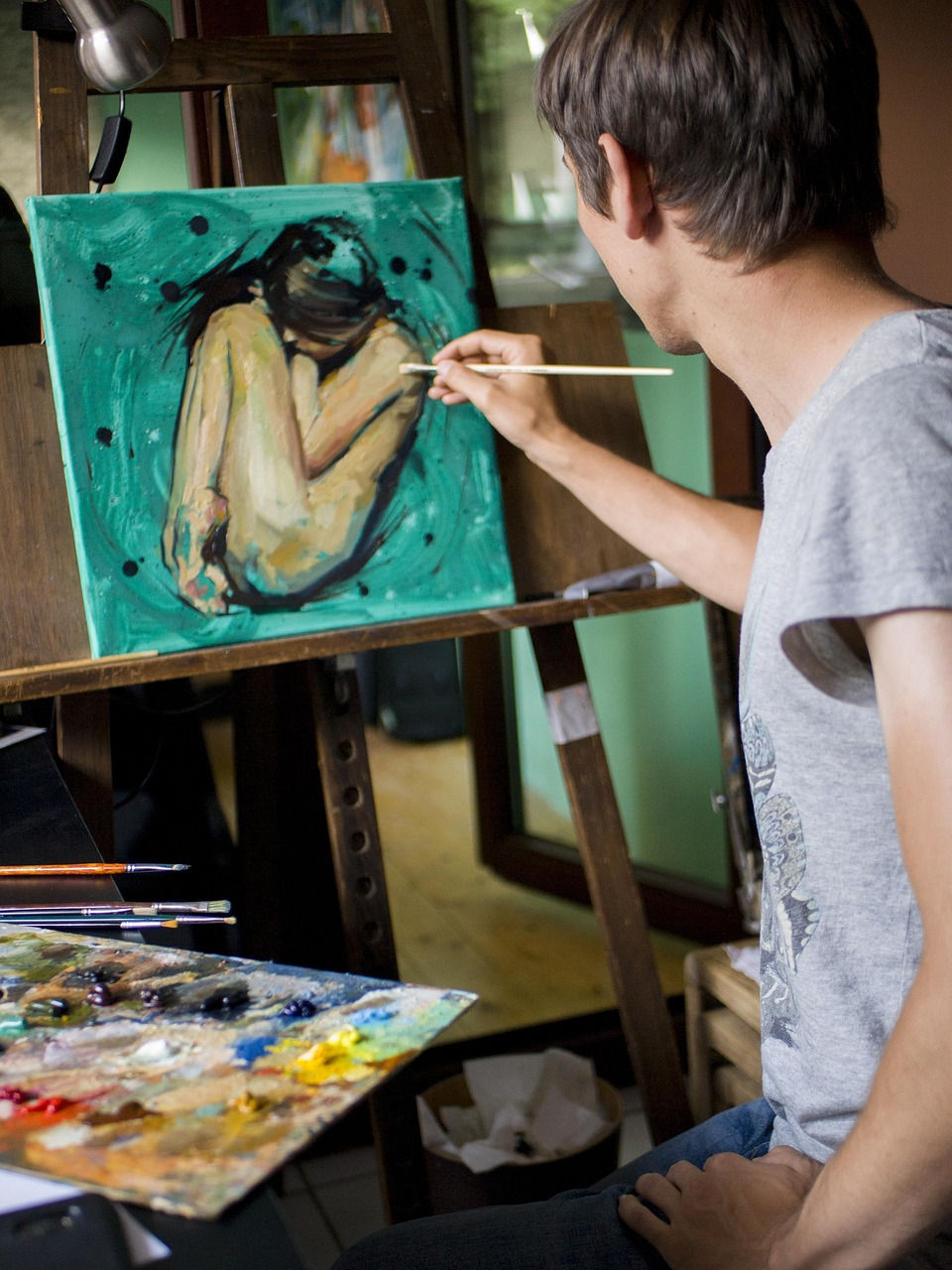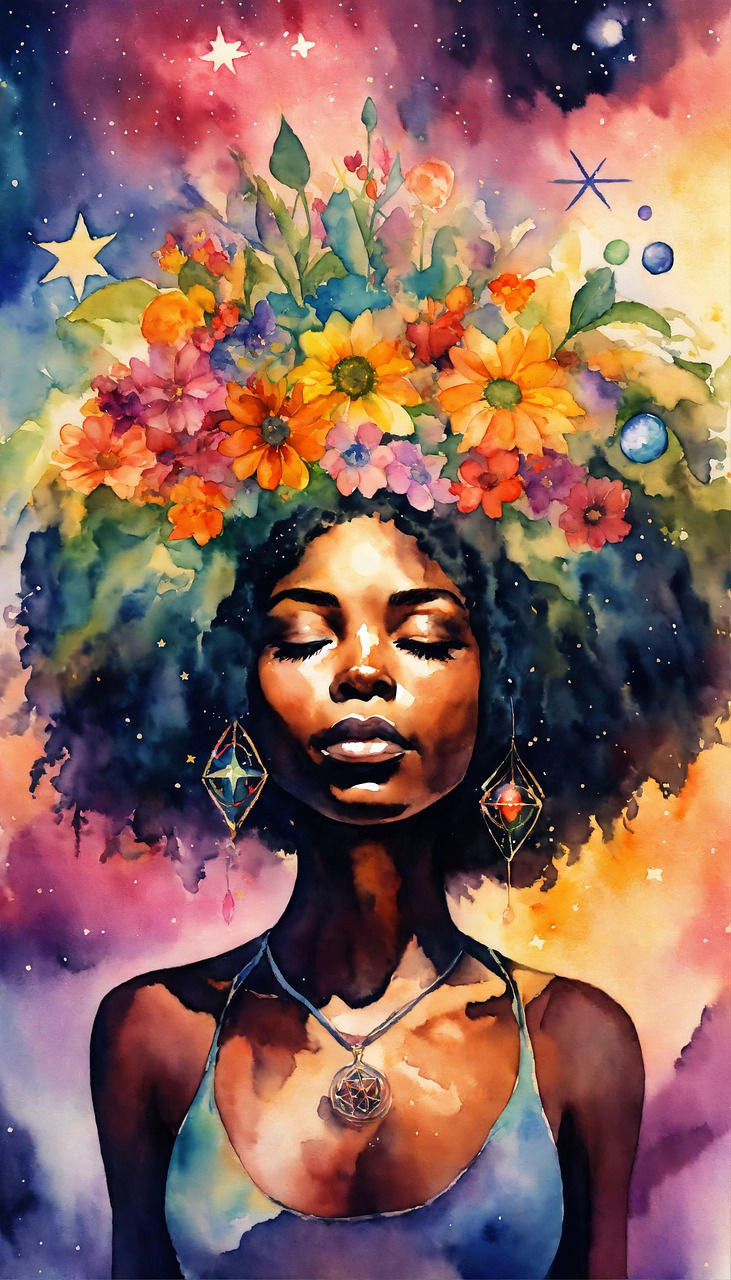The Benefits of Art Therapy for Mental Health
- Courtney Wise
- Feb 19
- 3 min read
In today’s fast-paced world, maintaining mental well-being has become an essential focus for many. With increased awareness around mental health, people are exploring various therapeutic approaches to alleviate stress, anxiety, and depression. One such powerful method is art therapy. This practice combines the creative process with psychotherapy to help individuals express themselves and explore their emotions. Let’s dive into some of the significant benefits of art therapy for mental health.

1. Enhanced Self-Expression
Art therapy offers a safe space for people to express thoughts and feelings that might be difficult to articulate verbally. Whether through painting, drawing, or sculpting, individuals can explore and communicate their inner experiences in a way that feels comfortable and authentic. This process can be especially beneficial for those who struggle to express themselves with words or who have experienced trauma.

2. Stress Reduction
Engaging in creative activities has a natural calming effect on the mind. Art therapy can be a great way to unwind and relieve stress. The focus required in the creative process often leads to a state of “flow,” where one becomes fully immersed in the activity, temporarily letting go of worries and anxieties. This immersion can lead to a reduction in cortisol levels, helping to alleviate stress.

3. Improved Emotional Resilience
Art therapy provides individuals with a constructive way to process and confront their emotions. By exploring and acknowledging feelings through art, people can build greater emotional resilience. Art therapy can also help individuals gain new perspectives on challenging situations, fostering a sense of control and understanding over their emotions.

4. Increased Self-Esteem and Confidence
Completing a piece of art can give a sense of accomplishment and pride. This boost in self-esteem can be especially significant for individuals who may feel stuck or unaccomplished in other areas of life. As they continue to create, they may experience an increase in confidence that extends beyond their art-making and positively affects other aspects of their lives.

5. Encourages Mindfulness and Presence
Art therapy encourages participants to focus on the present moment, fostering a sense of mindfulness. By engaging in creative activities, individuals can become more aware of their thoughts, feelings, and bodily sensations, promoting a greater connection to themselves. This mindfulness practice is known to help reduce symptoms of anxiety and depression by redirecting focus from distressing thoughts to the act of creation.

6. Facilitates Personal Growth and Healing
Art therapy can reveal insights into oneself that may not have been previously realized. As individuals explore their emotions, patterns, and subconscious thoughts through art, they may gain a deeper understanding of themselves and their experiences. This journey can lead to profound personal growth and healing, helping individuals navigate through difficult times with increased self-awareness.

7. Provides a Sense of Community and Connection
Many art therapy sessions take place in a group setting, allowing individuals to connect with others who may be going through similar experiences. This sense of community can be incredibly comforting, as it provides a supportive environment where people feel understood and not alone in their struggles. Sharing art and discussing its meaning can foster deeper connections, offering a unique way to bond over shared emotions and experiences.

How to Get Started with Art Therapy
If you’re interested in trying art therapy, you don’t need to be an artist or have any special skills. Art therapy is about self-expression and personal growth, not creating a masterpiece. You can start with simple materials like paper, pencils, or paint, and experiment with different forms of art. However, for those looking to delve deeper, working with a certified art therapist can provide guidance and support tailored to your specific needs.

Final Thoughts
Art therapy is a unique and powerful way to explore mental health. By tapping into the creative process, individuals can find new ways to process emotions, relieve stress, and foster personal growth. Whether used as a standalone method or alongside traditional therapy, art therapy offers numerous benefits that can contribute to a healthier, happier life. So why not pick up a brush or pen and see where your creativity can take you? You might just find that the journey itself is the most therapeutic part.
Have you tried art therapy before, or are you considering it as a mental health tool? Share your experiences and thoughts in the comments below.



Comments